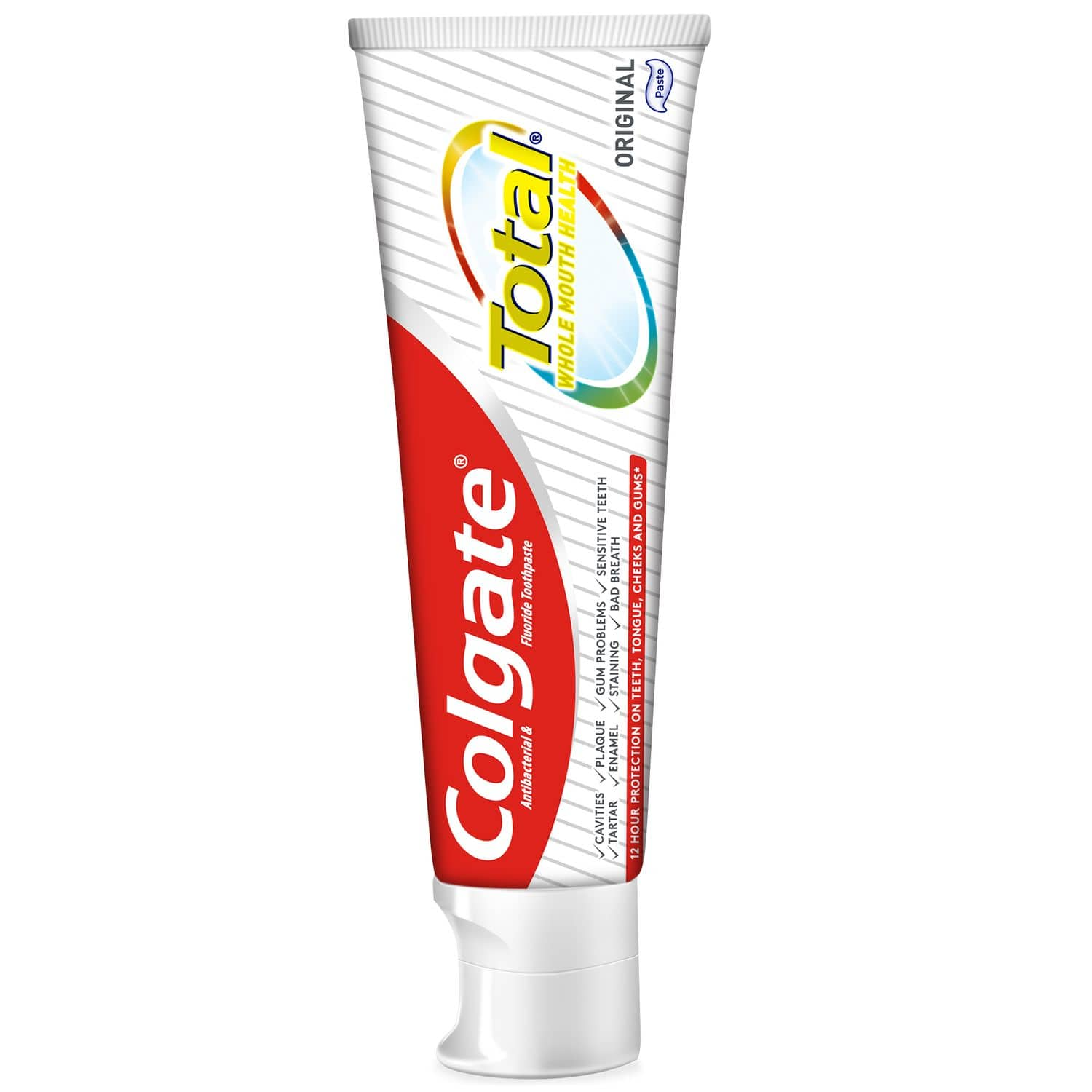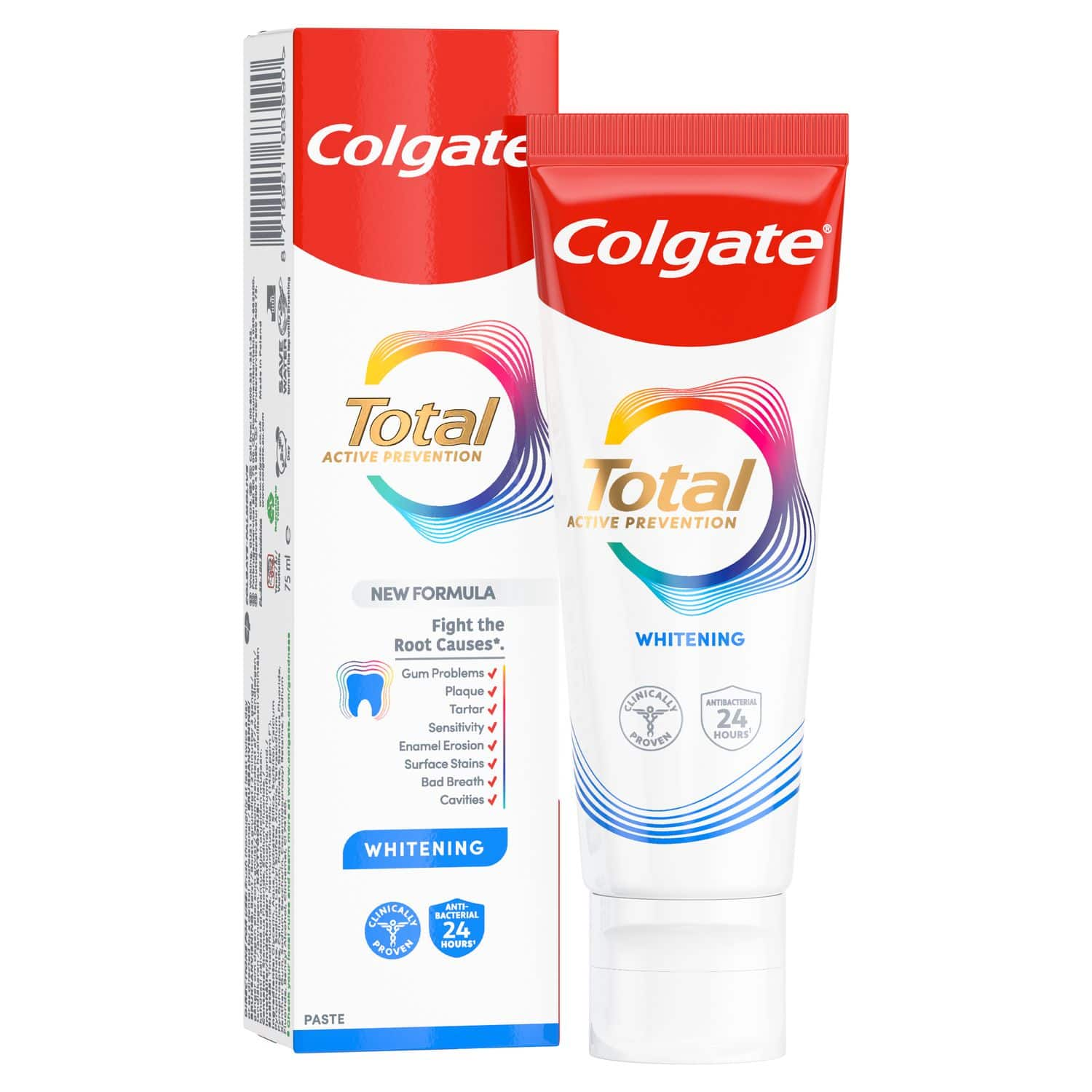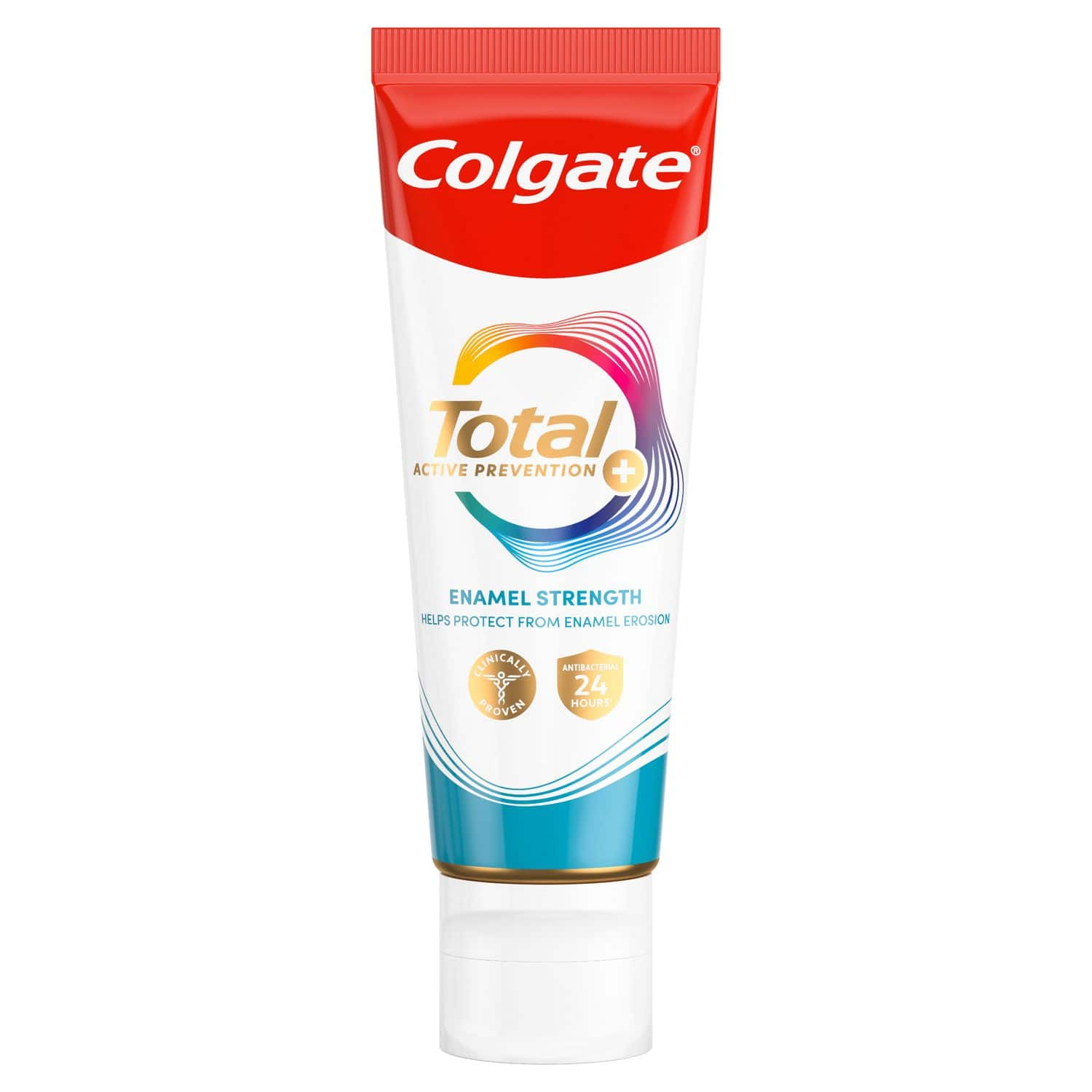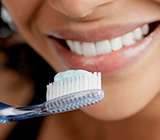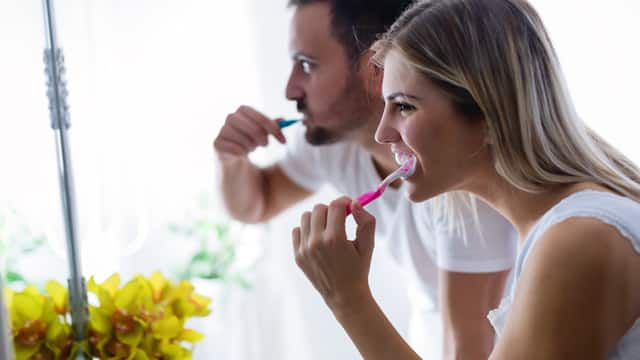Plaque
Find out more about plaque; what it is, what causes it and how to prevent and remove it.
What is plaque?
Plaque is a sticky biofilm that develops on teeth as a result of the bacteria that naturally live in the mouth. It’s what you do about it that determines how healthy your teeth and gums are. When left alone, plaque on your teeth turns into tartar and can increase your risk of cavities or gum disease.
How do I know if I have plaque?
Everyone develops plaque as bacteria are constantly forming in our mouths. These bacteria use ingredients found in our diet and saliva to grow. Plaque causes cavities when acids from the plaque attack your teeth after eating. With repeated acid attacks, the tooth enamel can break down and cavities can form. Plaque that’s not removed can also irritate the gums around your teeth, leading to gingivitis (red, swollen, bleeding gums), periodontal disease and tooth loss.
What causes plaque on teeth?
Your mouth contains a lot of bacteria that collect on the surfaces of your teeth and create this bacterial film, which often starts at the gumline. It's when the bacteria mixes with sugar and produces acids that a problem develops. If you eat a lot of sugary or sweet foods – or those that contain a lot of simple carbohydrates – the bacteria in your mouth actually feed on these sugars if you let them linger on the surface of your teeth.
How to remove plaque from teeth
- Floss: Use floss to remove germs and food particles between teeth. Ease the floss into place gently. Don’t snap it into place — this could harm your gums.
- Brush Teeth: Use any tooth brushing method that’s comfortable, but don’t scrub hard back and forth. Small circular motions and short back-and-forth motions work well. To prevent decay, it's what's on the toothbrush that counts. Use fluoride toothpaste – fluoride is what protects teeth from decay.
- Brush your tongue: Don’t forget to brush your tongue for a fresh feeling! Remember: food residues, especially sweets, provide nutrients for the germs that cause tooth decay, as well as those that cause gum disease. That's why it is important to remove all food residue from your teeth. Remove plaque twice a day, use mouthwash to freshen up throughout the day and floss before bed.
- Another way of removing plaque between teeth is to use a dental pick — a thin plastic or wooden stick. These sticks can be purchased at pharmacies and supermarkets.
How to prevent plaque buildup
It's easy to prevent plaque buildup with proper care. Make sure to:
- Brush thoroughly at least twice a day to remove plaque from all surfaces of your teeth
- Floss daily to remove plaque from between your teeth and under your gumline, where your toothbrush may not reach
- Limit sugary or starchy foods, especially sticky snacks
- Schedule regular dental visits for professional cleaning and checkups
Tartar
Find out more about tartar; what it is, what causes it and how to prevent and remove it.
What is tartar?
Tartar is made up from sticky bacteria that has mineralised and is sometimes also called calculus. Plaque bacteria can be easily removed with brushing and flossing, however, any hardened tartar will need to be removed by a dentist. If left, it can quickly lead to other oral problems including cavities, receding gums or gum disease.
What’s the difference between plaque and tartar?
Plaque is mostly invisible, while tartar stains the base of your teeth brown or yellow. Everyone gets plaque, it’s unavoidable and builds up throughout the day when you eat and drink, however, tartar is avoidable if you follow a good oral care routine. Plaque can easily be removed at home with daily brushing, but tartar interacts with the minerals in your teeth to form a hard coating and needs to be removed by your dentist.
How does tartar affect teeth and gums?
A buildup of tartar or plaque bacteria can lead to cavities and tooth decay – so, the quicker you get rid of it, the less chance you have of developing dental problems in the future! The bacteria in tartar can damage or irritate your gums and lead to gingivitis or gum disease – where your gums are inflamed, swollen and bleed easily.
How do I know if I have tartar?
Plaque is the colourless film of bacteria that builds up on your teeth each day, whereas tartar occurs when the plaque is left to build up over time and hardens onto your teeth. The most common sign of tartar buildup is a yellow or brown colour around the edges of your teeth and along the gumline. Plaque can be easily removed each time you brush your teeth and floss, however, the only way for sure to detect tartar and remove it, is to see your dentist.
What foods cause tartar build up?
Once you’re aware of the kind of foods that quickly cause a build-up of plaque bacteria that can lead to tartar, you’ll be able to avoid them or take extra care when brushing your teeth after eating them! Some of these foods are obvious culprits, and some you may not expect:
- Sour sweets
- Chocolate
- Cakes with icing
- Ice cream
- Bread
- Alcohol
- Fizzy drinks
- Citrus fruits or drinks
- Crisps
- Dried fruit
How to prevent tartar build up
Now you know more about what causes tartar, it’s also helpful to understand how to prevent and remove it. A great dental care routine using a fluoride toothpaste and floss is necessary for plaque removal. This, combined with regular hygiene visits to your dentist will help to keep your teeth clean and healthy. However, once tartar has formed, only a dentist can remove it by using the process for tartar removal, known as scaling. During scaling, your dentist will use special instruments to remove the tartar from your teeth, both above and below the gumline.
Visit your dentist every 6 months for professional cleaning to keep your mouth healthy and tartar free!
ORAL HEALTH QUIZ
What's behind your smile?
Take our Oral Health assessment to get the most from your oral care routine
ORAL HEALTH QUIZ
What's behind your smile?
Take our Oral Health assessment to get the most from your oral care routine
